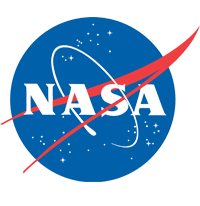Years active: 1
Years: 2016-2017
MAJOR: Mechanical Engineering
BIOGRAPHY
Travis Skinner, studying Mechanical Engineering at Arizona State University, has made research an important part of his undergraduate study. Skinner was awarded the NASA Space Grant in 2015 to conduct research on the performance of multi-blade propellers. Skinner joined the research team at ASU’s Adaptive Intelligent Materials and Systems (AIMS) center in the summer of 2016 as a result of being awarded the Army Educational Outreach Program’s (AEOP) Undergraduate Research Apprenticeship Program (URAP). As part of this research opportunity, Skinner helped experimentally validate complex simulation results for how an additive to an epoxy would affect its yield strength. The association with the AIMS center has helped Skinner receive the NASA Space Grant a second time to investigate the fatigue response of high grade aluminum under complex loading configurations.
Skinner prizes education and intends to pursue a PhD in Mechanical Engineering. He hopes to pursue continued research as either a university professor or a researcher in a government lab.
Skinner, a tutor in the Fulton Engineering Tutoring Centers, enjoys teaching others about engineering. He has had the opportunity to volunteer in various educational outreach programs to promote Science, Technology, Engineering, and Math (STEM) to young students. Skinner has volunteered for several semesters with the I Believe I Can Fly! program in which engineers from multiple disciplines introduce young students to engineering in novel ways. He plans to make educational outreach and the promotion of the STEM fields a continued priority in his life.
SPACE GRANT PROJECT
Microstructural Characterization of Nickel Superalloys
The aim of this research is to directly quantify and correlate the effects of superalloy microstructure on fatigue crack initiation and propagation behavior. The precipitate (gamma prime) phase and matrix (gamma) phase relationship and the effect of the slip plane orientation on persistent slip band and fatigue crack formation are studied in detail. Heat treatment effects on the gamma/gamma prime relationship and resulting effects on fatigue response are also determined. The results of this research will enable a thorough understanding of the dependence of fatigue performance of nickel superalloys on their microstructure parameters such as grain size, precipitate size and volume fraction of precipitates.



